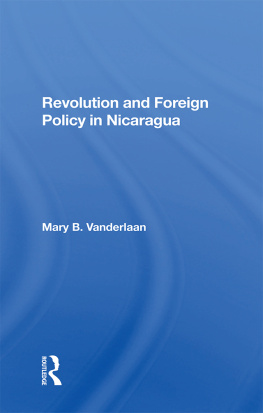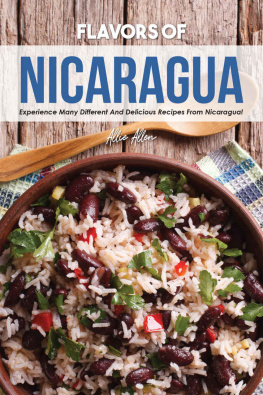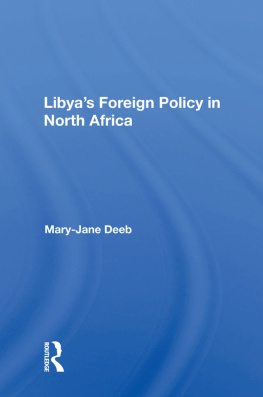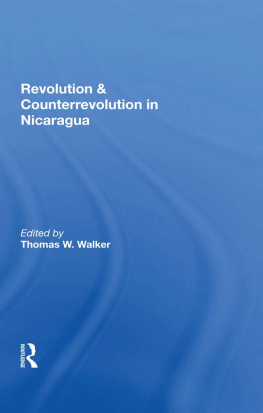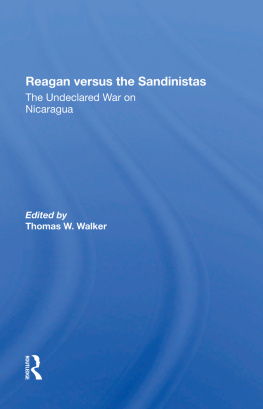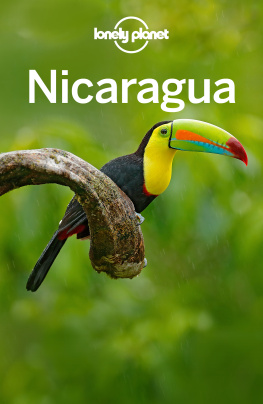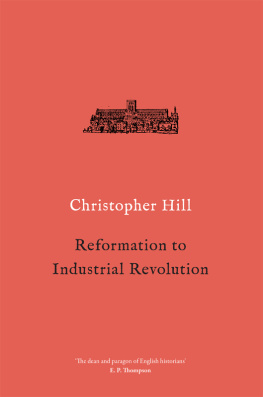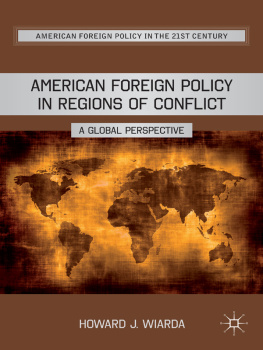Revolution and Foreign Policy in Nicaragua
About the Book and Author
Since the revolution in 1979, Nicaragua has faced economic dislocation, a growing debt, chronic hard currency shortages, a counter-revolutionary war, economic and diplomatic pressure from the US, and regional isolation. In spite of these challenging problems, the Sandinista leadership, maintaining a broad array of international contacts, continues to pursue an activist foreign policy and to explore new avenues through which to promote regional peace. In this volume, Dr. Vanderlaan analyzes the domestic and international determinants shaping revolutionary Nicaragua's foreign policy within the broader theoretical contexts of Latin American foreign policy, revolutionary transformation, and the politics of dependence. In the domestic sections, she investigates the influence of Sandinismo, nationalist pragmatism, and economic underdevelopment. Turning to international constraints on policy, the author details the ideological, economic, military, and diplomatic dimensions of US-Nicaraguan relations; discusses the roles played by Central and South American states in shaping FSLN policy; and examines Nicaragua's ties to the Soviet Union and Cuba. Finally, the author examines the Sandinista record and discusses the contributions and limitations of the Nicaragua model.
Mary B. Vanderlaan is assistant professor of political science at Hartwick College.
Revolution and Foreign Policy in Nicaragua
Mary B. Vanderlaan
First published 1986 by Westview Press, Inc.
Published 2019 by Routledge
52 Vanderbilt Avenue, New York, NY 10017
2 Park Square, Milton Park, Abingdon, Oxon OX14 4RN
Routledge is an imprint of the Taylor & Francis Group, an informa business
Copyright 1986 Taylor & Francis
All rights reserved. No part of this book may be reprinted or reproduced or utilised in any form or by any electronic, mechanical, or other means, now known or hereafter invented, including photocopying and recording, or in any information storage or retrieval system, without permission in writing from the publishers.
Notice:
Product or corporate names may be trademarks or registered trademarks, and are used only for identification and explanation without intent to infringe.
Library of Congress Cataloging-in-Publication Data
Vanderlaan, Mary B.
Revolution and foreign policy in Nicaragua.
(Westview special studies on Latin America and the
Caribbean)
Includes index.
1. Nicaragua--Foreign relations--1979- .
I. Title. II. Series.
F1528.V36 1986 327.7285 86-1650
ISBN 13: 978-0-367-28594-4 (hbk)
To those who struggle for peace and human liberation in an interdependent world
- Tables
- Figures
- Maps
- Nicaragua
I have many people to thank. Numerous individuals and organizations-not all of whom I can mention here-assisted me in obtaining contacts, interviews or data during research trips to Nicaragua, Honduras and Costa Rica in 1982, 1983 and 1985. My gratitude to Vicky Furio and Phil McManus. In Nicaragua I received invaluable assistance from Noel Corea, Margarita Clark and others of the Associacion Sandinista De Trabajadores De La Cultura; from Martin Vega at the Foreign Ministry; and from the staffs at: Comite Evangelico Pro Ayuda al Desarrollo, Instituto Historico Centroamericano and Centro Ecumenico Antonio Valdivieso. In Honduras and Costa Rica I benefitted from the cooperation of several governmental, popular and church organizations. In Costa Rica, the staff and social scientists at Departmento Ecumenico de Investigaciones provided warm atmosphere and helpful contacts. I have incurred a debt to many willing informants in the region. Officials at the US Embassies in Nicaragua and Honduras graciously granted interviews.
Travel and manuscript preparation support were provided by grants from the Dean's Office of Hartwick College in 1982 and 1986; grants from the Hartwick College Board of Trustees in 1983 and 1985 supported field research and library work. College and departmental support for a half-year sabbatical leave in 1985 allowed me to complete the major portion of the manuscript. My secretary Jan Stankiewicz and displaywriter operator Wendy Hunter invested more hours than they care to remember typing several drafts of the chapters. I deeply appreciated their energies and proficiency. Students Wanda Haxton, Marion Magill and Cynthia Van Zelm eagerly assisted in library work and proofreading. My gratitude to these colleagues.
I am especially indebted to fellow academicians and researchers who read portions of the manuscript and offered valuable criticism and insight: John Booth, John Buchanan, Mary Jo Dudley, Walter LaFeber, Carl Meacham and Tom Walker. Their time and counsel affirmed me in my work. Finally but never least, my deepest thanks to mi companero , Al Meyering, for his unending patience and loving support, and," to my dear friends and family who provided encouragement and space.
Mary B. Vanderlaan

Source: Thomas W. Walker, Nicaragua: The Land of Sandino (Boulder, Colo.: Westview Press, 1981), p. xx.
Part 1
Introduction
For many Nicaraguans the Sandinista-led "Triumph" over dictator Anastasio Somoza Debayle in July, 1979 marked the beginning of a new chapter in the historic struggle against foreign domination and political-economic dependence. While the immediate object of hatred for a majority of Nicaraguans in the late 1970s was US-aligned President Somoza, the FSLN--the Sandinista Front for National Liberation--claimed its origin in the struggles of Agusto Cesar Sandino against US Marines in the 1920s and 1930s. The Frente Sandinista pledged to carry out a popular political and socioeconomic revolution in "Nicaragua Libre" which incorporated objectives of pluralistic politics, a mixed economy and international non-alignment. Rejecting the Somoza foreign policy model of facilitating the United States' regional initiatives and of bowing to assertions of a special US prerogative, the nationalist FSLN called for an end to US interference in Nicaragua and for international relations on the basis of mutual respect.
The Sandinista revolution was, among other things, a reaction to the history of United States-Nicaraguan relations. The US Marines--Sandino's " Yanquis "--figured prominantly in that history. Sent by Washington to impose its brand of "civility," to replace an uncooperative bourgeois faction with a more cooperative one or to crush popular revolts, the marines landed in Nicaragua in 1893, 1894, 1895, 1896, 1898, 1909, 1912, and 1925. In 1912 and up to 1925 a garrison of about 100 marines was stationed in Nicaragua. In 1925 many more marines occupied Nicaragua to quell a civil war after US Secretary of State Frank Kellogg warned of a threat of "Soviet Bolshevism" there. Popular guerrilla uprisings against US domination led by General Sandino thereafter were viewed as a threat to US interests--e.g. under the Bryan-Chamorro Treaty of 1914 Nicaragua had ceded to the United States a long-term option to construct a canal through Nicaraguan territory. Nicaraguan territory also constituted the heartland of what the United States considered its "soft underbelly" region. Political conformity and stability there was assumed to be in the US national interest. The marines' struggles against Sandino's forces from 1927 to 1932, in fact, constituted the United States' first counterinsurgency war in Latin America. That war included the aerial bombardment of Ocatal in 1927, a battle in which 300 Nicaraguans died.



